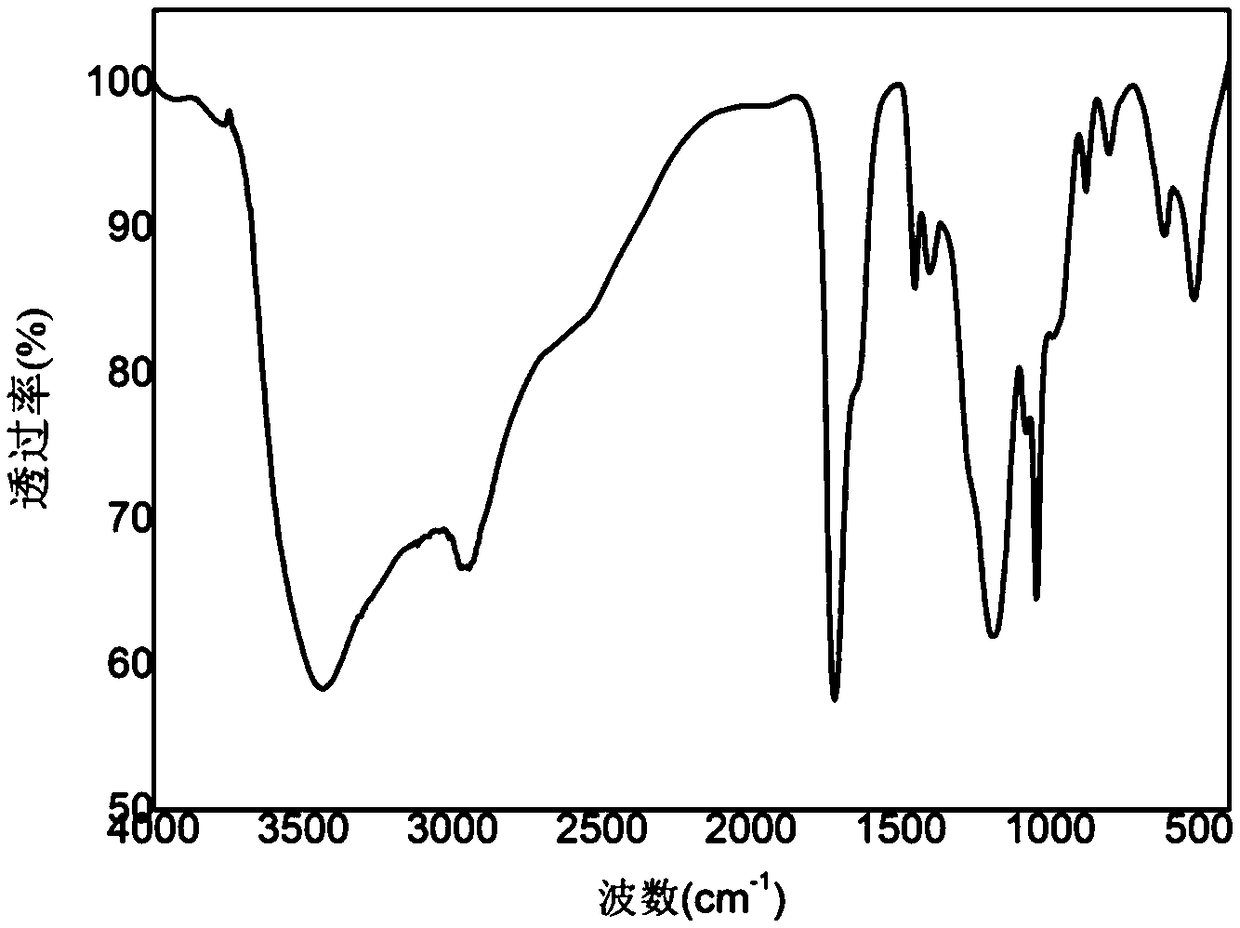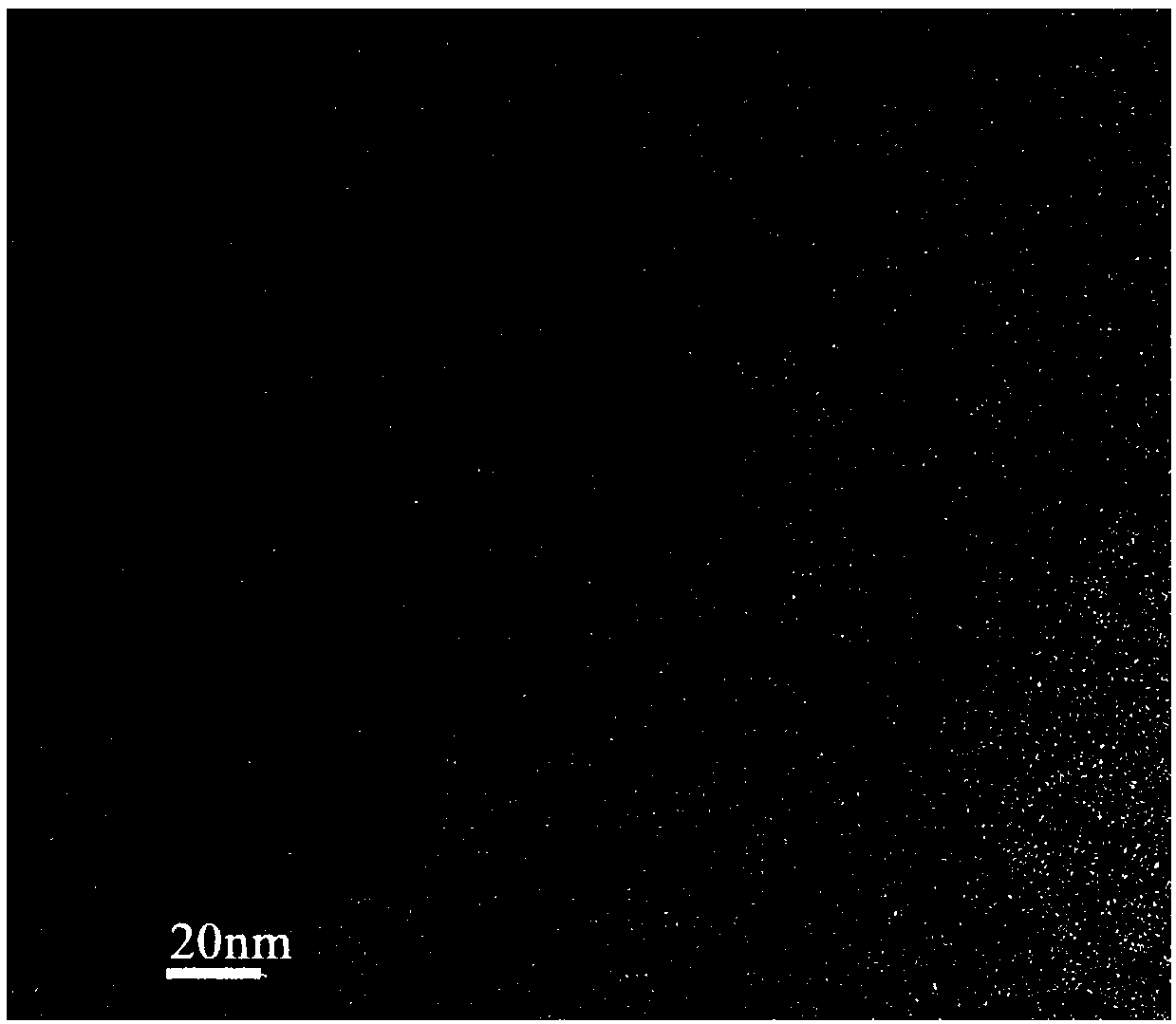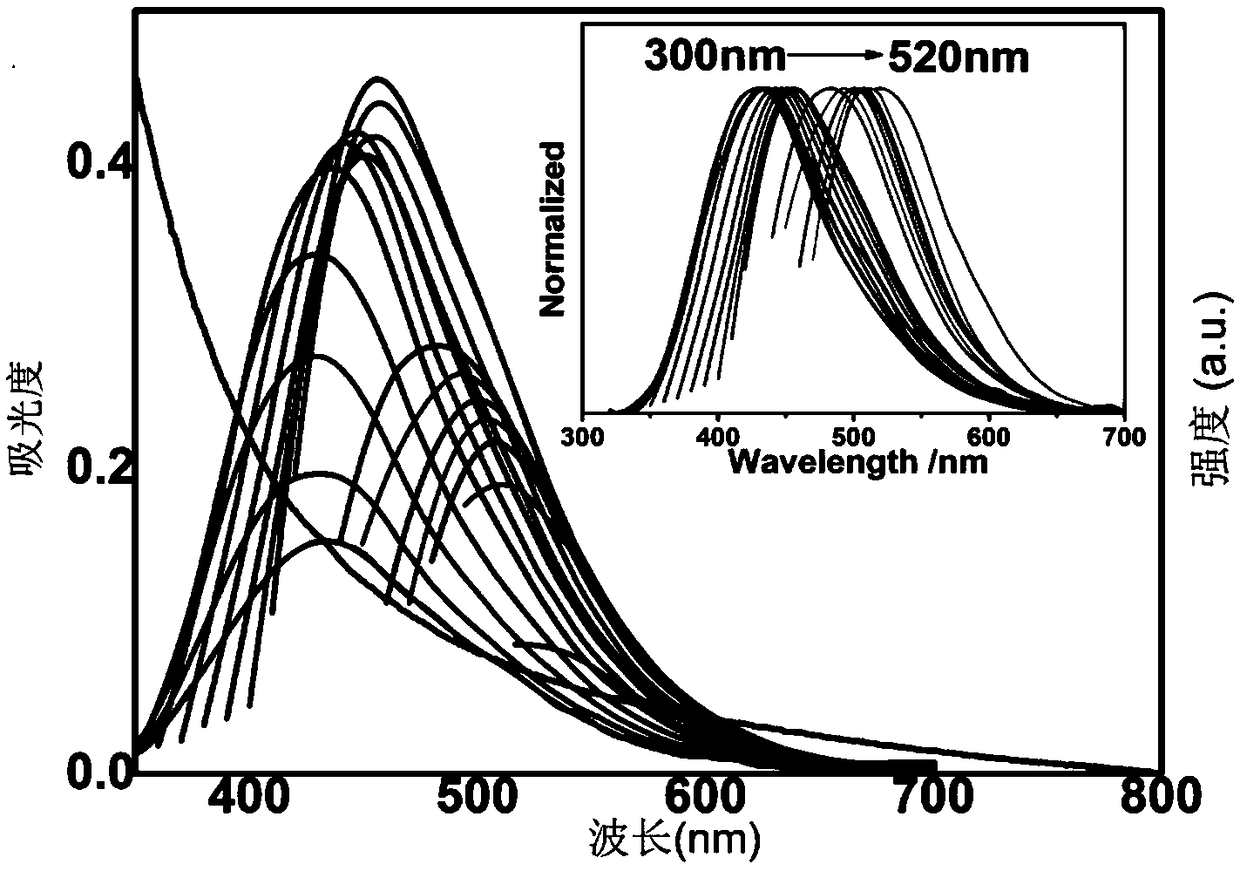Method for preparing carbon nano particles and carbon dots by using activated carbon as precursor
A technology of carbon nano-particles and activated carbon, applied in the direction of nano-carbon, chemical instruments and methods, carbon compounds, etc., can solve the problems of poor universality of activated carbon, large loss of activated carbon, and reduced adsorption capacity, etc., and achieve social and economic benefits Obvious, strong functional design, and the effect of increasing added value
- Summary
- Abstract
- Description
- Claims
- Application Information
AI Technical Summary
Problems solved by technology
Method used
Image
Examples
Embodiment 1
[0032] A method for preparing carbon nanoparticles and carbon dots with activated carbon as a precursor, comprising the following steps:
[0033] a, take (collect) the deactivated coal-based activated carbon with a particle size of about 3 mm used in sewage purification in chemical and chemical plants, without cleaning, directly place it in a blast drying oven at 120 ° C for 2 hours;
[0034] b. Using a ball mill to grind the above-mentioned activated carbon particles to a powder with a particle size distribution of 40-60 nm;
[0035] c, the preparation mass percentage concentration is the nitric acid aqueous solution of 31%, 5 mass parts of powdered gacs are added to 200 mass parts of nitric acid aqueous solution and stir at room temperature for 10 hours, then be warming up to 120 ℃ of constant temperature reaction 48 hours, obtain the material after reaction; After the material was left to stand for 12 hours, the supernatant part of the extraction was the crude product conta...
Embodiment 2
[0040] A method for preparing carbon nanoparticles and carbon dots with activated carbon as a precursor, comprising the following steps:
[0041] a. Take (collect) the deactivated husk-based activated carbon with a diameter of about 0.6-2 mm that has been used for drinking water treatment, and directly place it in a blast drying oven at 105 ° C for 6 hours without cleaning;
[0042] b. Using a ball mill to grind the above-mentioned activated carbon particles to a powder with a particle size distribution of 20-40nm;
[0043] c, the preparation mass percentage concentration is the nitric acid aqueous solution of 31%, 5 mass parts of powdered gacs are added to 200 mass parts of nitric acid aqueous solution and stir at room temperature for 8 hours, then be warming up to 120 ℃ of constant temperature reaction 48 hours, obtain the material after reaction; After the material was left to stand for 12 hours, the supernatant part of the extraction was the crude product containing carbon...
Embodiment 3
[0048] A method for preparing carbon nanoparticles and carbon dots with activated carbon as a precursor, comprising the following steps:
[0049] a, take (collect) the sulfur-containing powdered activated carbon that has been used for the treatment of oil refinery wastewater, and directly place it in a blast drying oven at 105° C. for 6 hours without cleaning;
[0050] b. Using a ball mill to grind the above-mentioned activated carbon particles to a powder with a particle size distribution of 20-40nm;
[0051] c, the preparation mass percentage concentration is the nitric acid aqueous solution of 31%, 5 mass parts of powdered gacs are added to 200 mass parts of nitric acid aqueous solution and stir at room temperature for 8 hours, then be warming up to 120 ℃ of constant temperature reaction 48 hours, obtain the material after reaction; After the material was left to stand for 12 hours, the supernatant part of the extraction was the crude product containing carbon nanoparticles...
PUM
 Login to View More
Login to View More Abstract
Description
Claims
Application Information
 Login to View More
Login to View More - R&D Engineer
- R&D Manager
- IP Professional
- Industry Leading Data Capabilities
- Powerful AI technology
- Patent DNA Extraction
Browse by: Latest US Patents, China's latest patents, Technical Efficacy Thesaurus, Application Domain, Technology Topic, Popular Technical Reports.
© 2024 PatSnap. All rights reserved.Legal|Privacy policy|Modern Slavery Act Transparency Statement|Sitemap|About US| Contact US: help@patsnap.com










